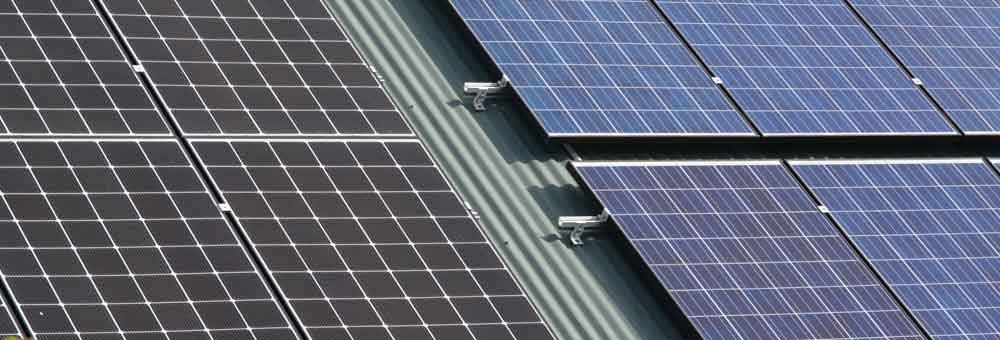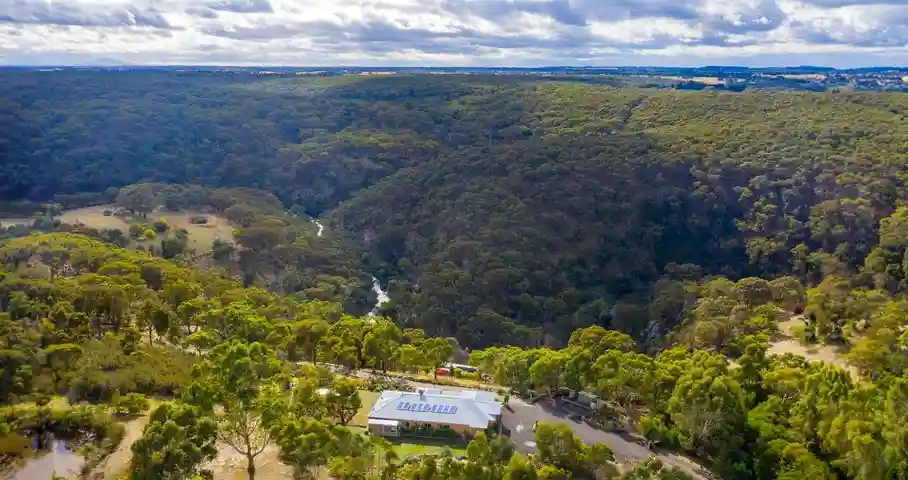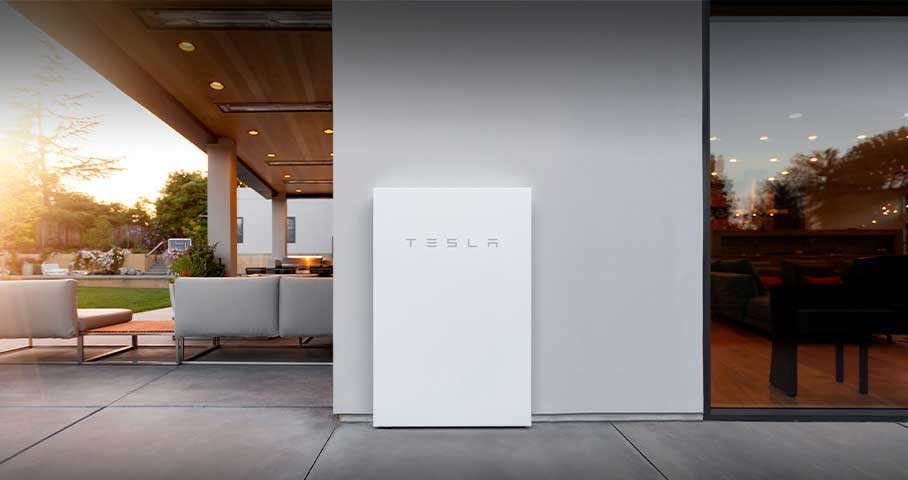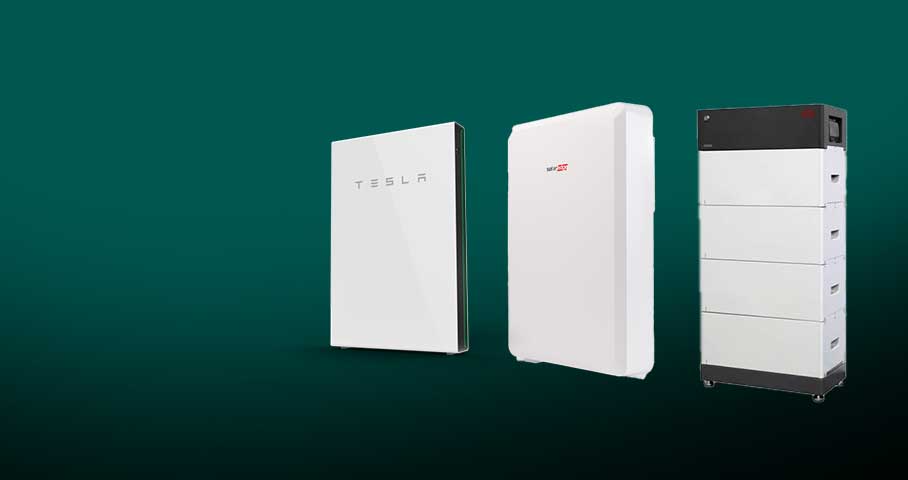It’s the question of the moment in Sydney’s Penrith and Blue Mountains communities, so we break it down
It’s a question that’s been coming up a lot lately. All of the information can be overwhelming, and with the technology behind solar it’s hard to know exactly where the sweet spot is with panels unless you’re working with them on a daily basis.
This is particularly so for the Penrith and Blue Mountains areas where our clients seek the best possible combination of high quality and competitive pricing. But in doing so, questions arise about technology. In solar it’s important to understand the performance advantages offered by the two different materials. After all, does it matter if you install monocrystalline or polycrystalline solar panels for our Western Sydney climate? Is the choice impacted by our home design, particularly in the Blue Mountains where houses are often designed in relation to the landscape? And does brand really matter?
So let’s take a step back for a minute look at the difference between monocrystalline and polycrystalline solar panels, as well as our thoughts on which is better for the cities of Penrith and the Blue Mountains.
What’s the difference between monocrystalline and polycrystalline solar panels?
What the panels are made of
Both monocrystalline and polycrystalline solar panels are built using the same raw material. However the difference comes down to the composition of the silicone substrate used to make the solar cells, which are then used to build the panels. We think of it in terms of “mono” and “poly” – mono means single, where as poly means multiple. This applies to the silicone – monocrystalline means a single crystal, and polycrystalline means multiple crystals. So monocrystalline solar panels are constructed using single crystals, while polycrystalline solar panels are constructed using numerous crystals.
How efficient the panels are
Given that monocrystalline panels are made of single crystals, giving them a higher silicone purity, they’re larger and more efficient. In fact, monocrystalline cells can be over 10% more efficient than their polycrystalline counterparts. This means lower space efficiency – for the same power output as panels made of monocrystalline, you need to cover a larger surface area.
How much the panels cost
But – and there’s always a but – manufacturing a monocrystalline cell takes longer, requires higher temperatures, and produces more waste. And of course increased preparation results in one thing – increased manufacturing costs. But this cost may be offset by the fact that less panels are required.
The pros and cons of monocrystalline versus polycrystalline solar panels
- Polycrystalline solar panels are ideal for installations with unlimited roof or ground space – suitable for many Blue Mountains homes… but monocrystalline panels are ideal for smaller rooftops or space-confined rooftops as they give more power for the same surface area – suitable for the Penrith CBD
- Polycrystalline solar panels are ideal for customer to minimise upfront installation costs… but monocrystalline solar panels may offer ongoing savings by maximising your roof space to more harness electricity.
So which is better – monocrystalline or polycrystalline solar panels?
There are arguments each way! Yes, less panels are required if you use monocrystalline solar panels, but then you lack the additional benefit of roof insulation offered by the increased spread of polycrystalline solar panels! OK, so we may be stretching things here but you can see where we’re going… each has their pros and cons.
You also need to remember that there are so many variables to the cost and performance of your system, including your inverter, the orientation of your roof and even the tilt of your solar panels.
So for us, one of the most critical things to consider is the manufacturer.
Why the manufacturer of your solar panels matters
Well here’s our take. Technology is definitely important, but as both monocrystalline and polycrystalline solar panels are each produced with advanced manufacturing techniques (and use proven technology, of course), we need to look further.
Peace of mind: Choosing a proven, quality-focused manufacturer will not only give you peace of mind that they’ll be around for the long-term, but also that they invest on ongoing research and development to continually deliver improved products.
Reliability: The other element is reliability. For most of us, balancing reliability with affordability is a major component of our decision-making – solar is a along-term investment. So choosing a trusted name means that your 25 or 30-year warranty will remain safe because if your manufacturer does go out of business and something goes wrong with your panels, your warranty will be no longer be serviceable.
Minimising your risk: Think about it in terms of risk management. Invest in slightly more today for a reputable provider who’s done their due diligence and invested in quality manufacturing processes and technologies, or risk the possibility of paying more down the track if panels do need repairing.
This is why we’ve done our research and only partner with reputable companies who:
- Have a long-standing history in innovative solar panel development
- Demonstrate best practice and invest in quality
- Deliver outstanding customer service, and
- Are proactive in the marketplace.
For our clients, LG is a major favourite because they’re looking to future-proof their home and their investment. When considering roof space, battery storage and the possibility of powering electric vehicles in the future, the LG brand offers a diverse range of options to suit.
Their strong performance history and reliability also gives us confidence they’ll be here to honour their product warranties (25 years for NeOnR and 12 years for NeOn2). They’re a multi-billion dollar diversified company, which undoubtedly lowers risk as, unlike other panel brands, there are no majority shareholders or other players involved. LG also has a local office in Eastern Creek so for Western Sydney, Penrith and Blue Mountains customers, this is a bonus!
And of course, with performance they’re right up there. LG now go up to a 360w panel with the same footprint as a standard solar panel (by comparison, Sunpower goes up to a 415w but on a much larger panel size).
But something to think about…
One thing we’re becoming more aware of as innovators such as Elon Musk continue to deliver advancement in the solar industry is the potential of the technology. We already have battery systems and electric cars – where else will the harnessing of solar energy take us? So with this in mind, think of your future needs. At some point, the amount of solar energy we’re able to use will only be limited by the size of the surface area we can place the panels on. So if you want to get the most out of your roof space, maybe think about module efficiency. But remember – it’s not the only consideration!
Over to you
Do you have any thoughts, experiences or questions on monocrystalline or polycrystalline solar panels? Let us know! We’d love to hear your thoughts and answer your questions.









